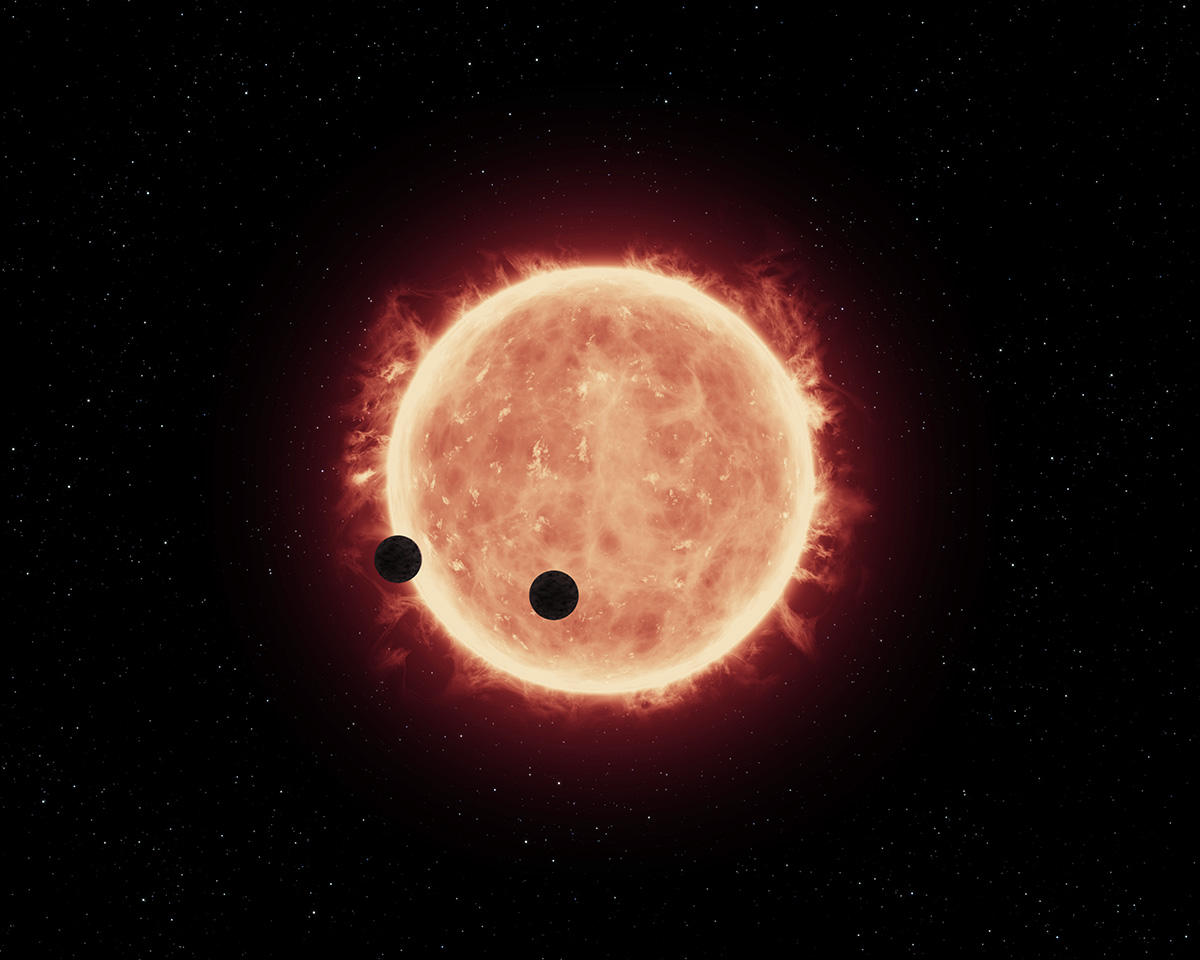
Swiss scientists build model of exoplanets

Astrophysicists at Bern University say terrestrial exoplanets orbiting the habitable zone of stars are most likely to be about the size of the Earth an contain large amounts of water.
Two scientists at the Centre of Space Habitability carried out the first simulations of the formation of the population of planets expected to orbit stars ten times less massive than the sun, according to a statement published on Monday.
In addition, Yann Albert and Willy Benz determined the water content of the planets orbiting their smaller host star in the habitable zone.
“These planets would be covered by deep oceans at the bottom of which, owing to the huge pressure, water would be in form of ice,” the statement says.
Computer models show that these exoplanets could harbour about 10% of water – 500 times more than the Earth.
The findings of the study has been accepted for publication in a Letter in the Astronomy and Astrophysics journal.
Earlier this year, the discovery of exoplanets in the habitable zones of Proxima Centaury and Trappist-1 triggered speculation that such “red dwarf stars” might be hosts to a large population of Earth-like planets.

In compliance with the JTI standards
More: SWI swissinfo.ch certified by the Journalism Trust Initiative




























You can find an overview of ongoing debates with our journalists here . Please join us!
If you want to start a conversation about a topic raised in this article or want to report factual errors, email us at english@swissinfo.ch.